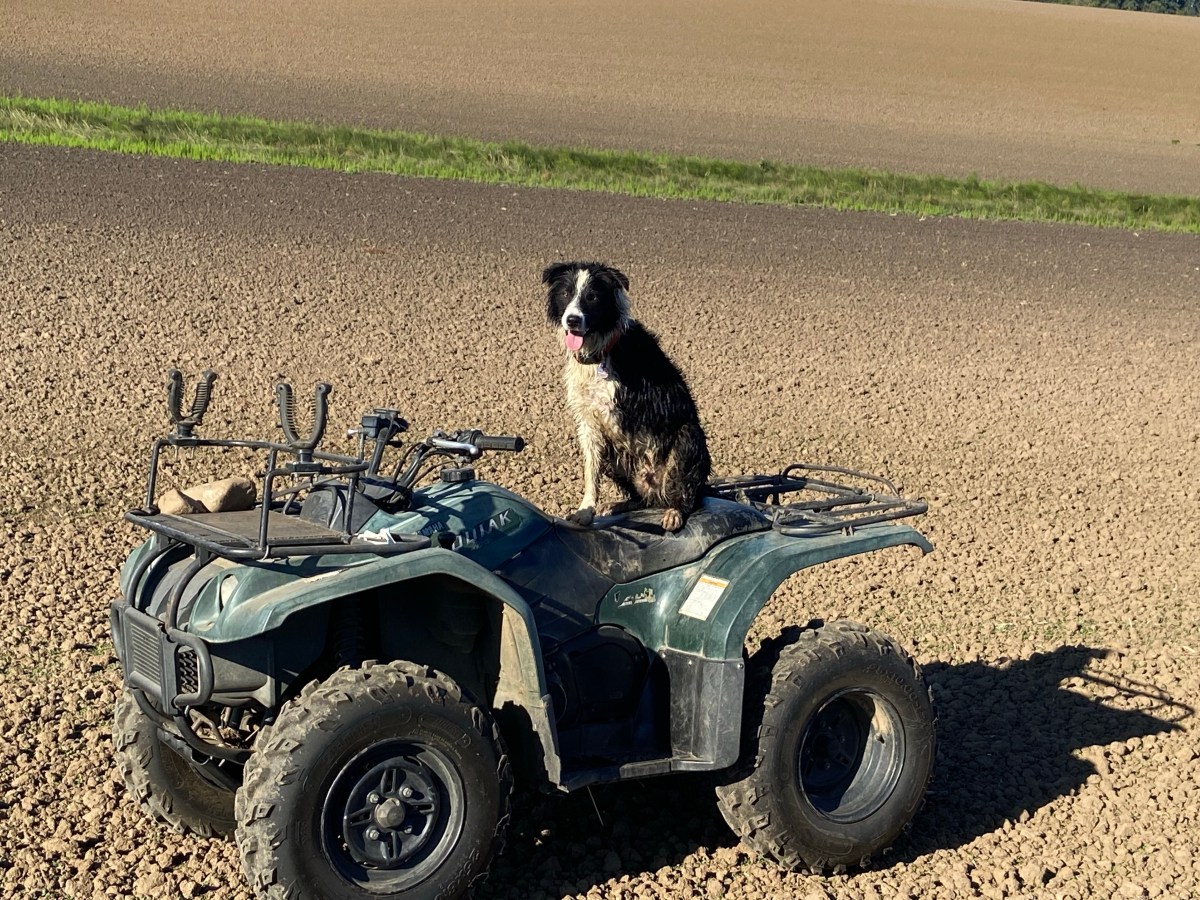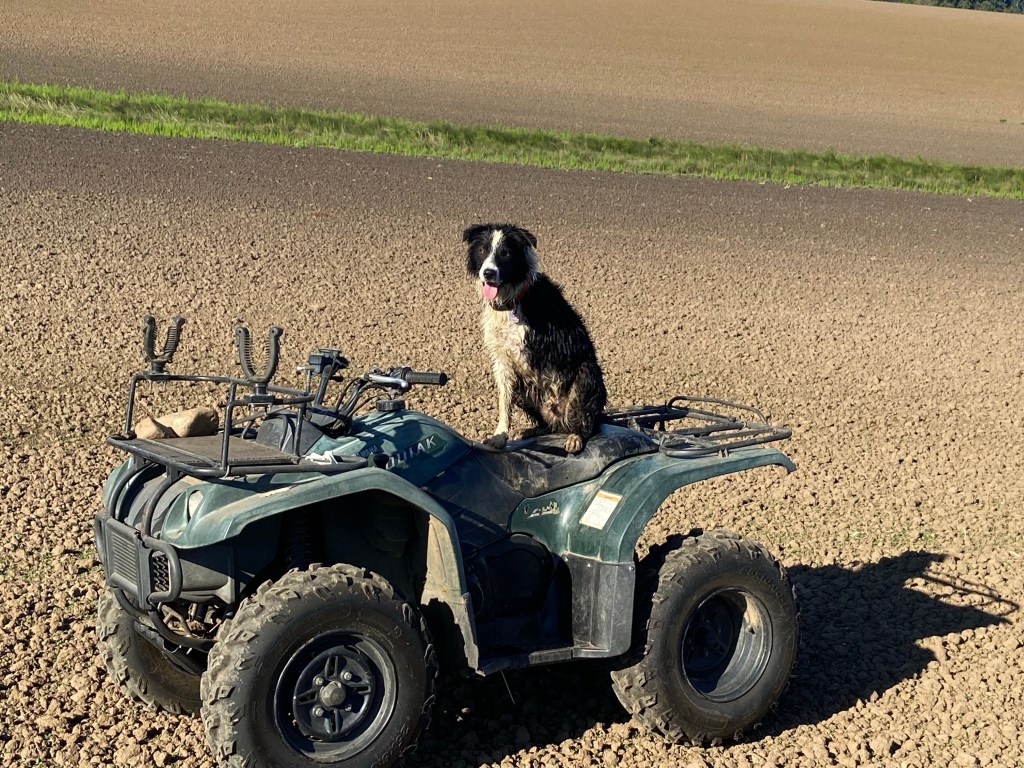
This time of year as things start to really grow and plants start to set the crop for the upcoming summer harvest, we have to take time to walk all our fields and look for issues.

“Issues” right now in this growing stage usually means weeds. We are currently spraying our final (hopefully) application of weed spray. We use chemicals that are selective so they only target weeds that we see out in the field. It’s a great way to save money for us and save on putting more chemical where it’s not needed. For example we have a few fields that have a lot of groundsel, we will add an additional weed herbicide in to manage that so it doesn’t show up as a weed in our seed tests at the final stages of getting clean crops to sell. Also hoping that it doesn’t show up again next year as a continual problem.
Our weed spray is mixed with a carrier of fertilizer and water; which in turn saves us an application across the field to get our final amount of nitrogen to feed the crop. This efficiency increase saves us time, money, and fuel. But in order to makes this all happen we do have to walk around every single field to see what is out there.

Our farm works alongside field men who work for companies where we buy our fertilizer and chemicals. More boots on the ground means that we have a very good chance of not missing something. And if we do our jobs well; setting ourselves up to have clean seed fields that create a valuable product for us to sell.




